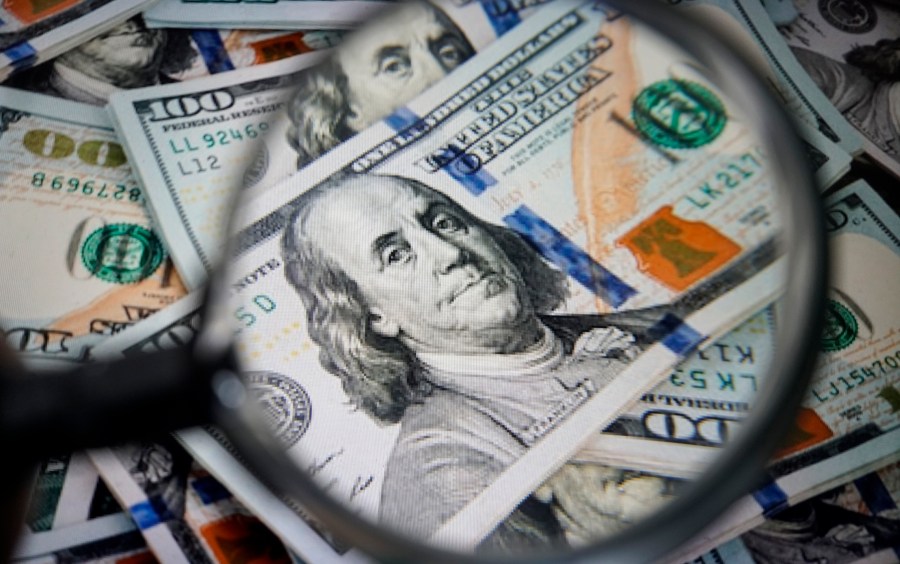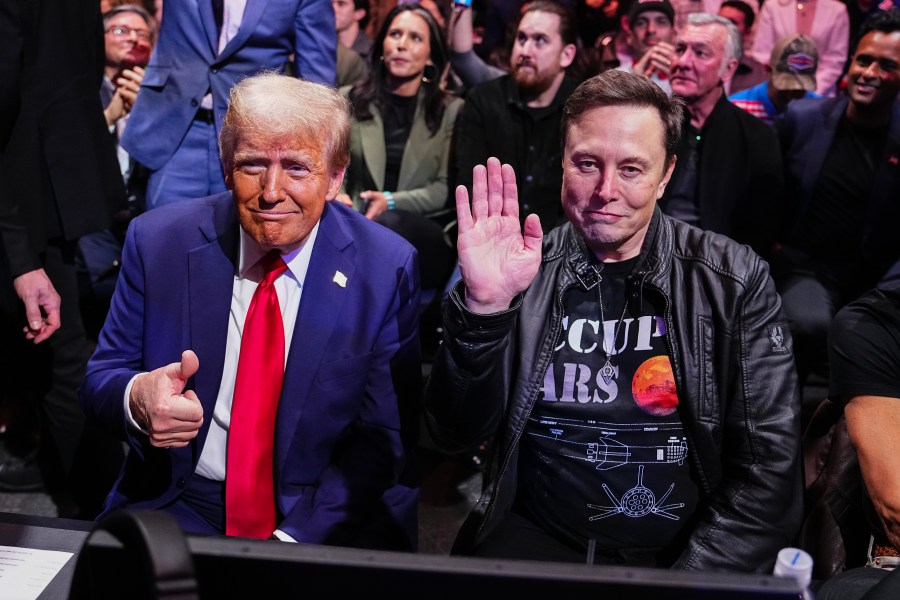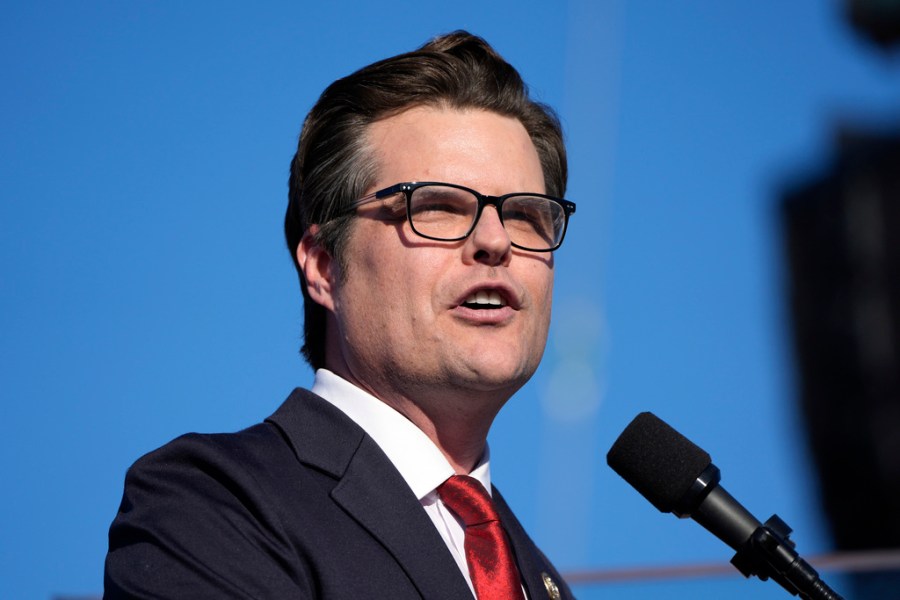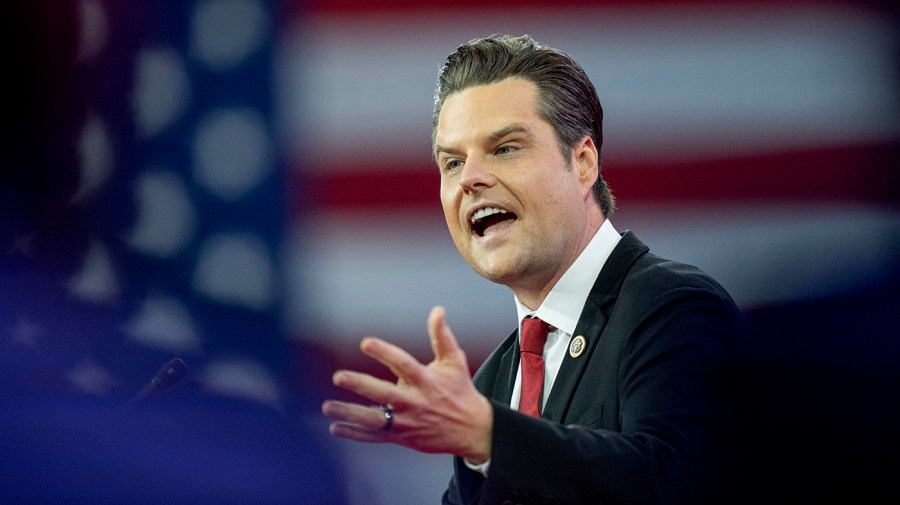
Examples of government waste, inefficiency as Trump announces DOGE
(NewsNation) — Tech entrepreneurs Elon Musk and Vivek Ramaswamy will lead President-elect Donald Trump’s inaugural Department of Government Efficiency, or DOGE, to cut federal spending and “wasteful expenditures.”
NewsNation compiled a list of existing wasteful and inefficient government spending examples.
Congressional funding for expired programs
The Congressional Budget Office recently found that Congress provided $516 billion in appropriations this fiscal year to programs that had expired under federal law.
The funds were associated with nearly 500 expired authorizations, according to the CBO’s July report.
“Nearly two-thirds ($320 billion) of that $516 billion was provided for activities whose authorizations expired more than a decade ago,” the report said.
According to CBO’s estimates, about half of the authorized appropriations in the report expired at least 10 years ago, and the oldest expired in 1980.
In 2023, the amount of funding for expired authorizations was $519 billion.
Payment errors
The federal government made $247 billion worth of payment errors in fiscal year 2022 and $236 billion in 2023, according to the Government Accountability Office.
These errors, also known as improper payments, include overpayments or payments that should not have been made, such as to someone who died or someone no longer eligible for government programs.
Estimates show the federal government spent $2.7 trillion in payment errors since 2003.
In 2022, the majority of improper payments spanned across 82 programs, a majority coming from Medicaid ($81 billion) and Medicare ($47 billion).
“Improper payments and fraud are long-standing and significant problems in the federal government,” said House testimony from GAO in September.
Maintaining empty buildings
Federal government agencies are using just 12% of the space in their headquarters buildings on average, according to the Public Buildings Reform Board, which is an independent federal agency focused on recommending the disposal of underutilized federal properties.
“Even before the pandemic, of the federal properties analyzed, federal occupancy was low, particularly in Washington D.C.,” the board’s report to Congress in March said.
These spaces must be furnished, which also costs money.
The House Oversight Committee spent $3.3 billion on furniture over the past few years.
Apparently, to furnish office spaces left mostly empty under maximum telework. Some agencies spent hundreds of thousands of dollars on updating empty conference rooms
“Hundreds of millions of dollars of taxpayer funds are spent annually just to maintain government-owned properties that should be sold off,” said Chairman Rep. James Comer of the House Oversight Committee in a hearing last year. “A billion dollars or more could be saved annually by terminating unneeded federal office space leases. Unused federal space was an issue prior to the pandemic — federal property management has long been on GAO’s High-Risk List — but it’s now become one that is simply too big — and too costly — to ignore.”
Producing pennies
A penny may cost one cent for people using it to pay for goods and services, but it costs triple that for the government to produce it.
For 19 years, the cost of producing pennies has surpassed the value of the coin.
The same is true for nickels. Though valued at five cents, a nickel costs 11.5 cents for the government to produce one.
Producing these two coins last year cost the U.S. Mint $179 million.
Federal agency recommendations
The Government Accountability Office reports more than 5,300 open recommendations for federal agencies to make the government work better. In July, GAO estimated taxpayers could save between $106 billion and $208 billion if the recommendations were implemented.
NewsNation’s Steven Joachim contributed to this report.



